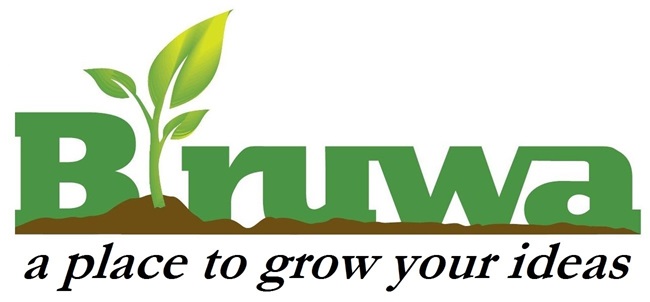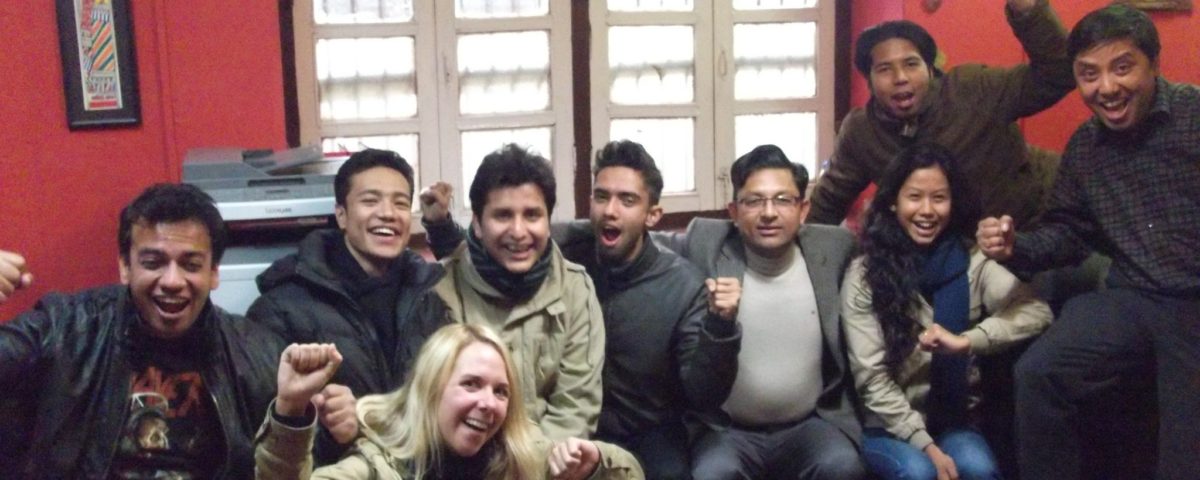
Getting paid to learn………
September 2, 2013
From a corporate to a startup : switching ladders
November 12, 2013A flashback into my past would find me flipping the pages of the Atlas during my free time; locating small countries in Africa and Europe previously unknown to me, remembering the names of them and posting it online for the world to see came as a source of enjoyment, but with some degree of apprehension regarding the possible difficulty of the task. Could it be as easy as was claimed by the Kathmandu Living Labs team? Could I just simply drag, drop and post the location of the new restaurant that was recently opened near my home? But, when I arrived at the Biruwa premises (Kathmandu Living Labs is located here) on a fine Monday afternoon for my first mapping training session, I could not help but smile at the simplicity of the task. I learned the basic drill on the very first day and even mapped the nearby restaurant with my Android phone. I uploaded the data the next day, and voila! The Tukche Cafe could be seen on the online map for the whole wide world to locate!
Indeed mapping turned out to be a joyous affair, but I still wasn’t able to comprehend the whole essence of mapping in detail. Of course, I was aware of the importance of locating places, but I did not quite see it serving a greater purpose. So, to get answers to my queries and to learn more mapping skills, I spent the initial days of my winter break working as an intern with the OpenStreetMap team led by Dr. Nama Raj Budhathoki. Over time, my questions were answered (directly and indirectly) as I went on field visits to map gallis and points of interests (POIs) along with the guys at the office. I learnt about the disaster management techniques aided by maps and was fascinated by how such a simple task could make such a huge difference to the society and its people. Surely, the term “Digital Social Work” as I came to learn it from Dr. Budhathoki while referring to mapping is justified. If an earthquake were to strike Nepal in the very near future, which is not very unlikely considering the country’s placement in a volatile seismic zone, these online detailed maps of the Valley, especially, with its huge population will a difference between life and death of its inhabitants.
While other school work and exams kept me away from mapping in Open Street Map (www.openstreetmap.org) for nearly five months, my other teammates at the office had carried out and achieved some amazing things. The Kathmandu Living Labs (KLL) team’s vision of creating a detailed map of the Valley through crowd-sourcing had gradually come to fruition, after organizing numerous events and mapping parties to generate awareness about OSM and its practical uses. I first entered the office at Baluwatar at a time when even the nearby schools and colleges had not been mapped; I cannot begin to express my surprise and joy I felt when I visited the same openstreetmap website five months later when I joined Biruwa as an Office Assistant. Not only was the OpenStreetMap full of POIs in the OSM database, but even the size, shape and structural data of major buildings of educational institutions and hospitals had been mapped. In addition, open spaces and hospitals with free check up facilities had

